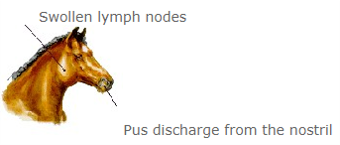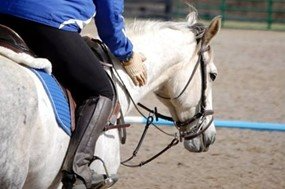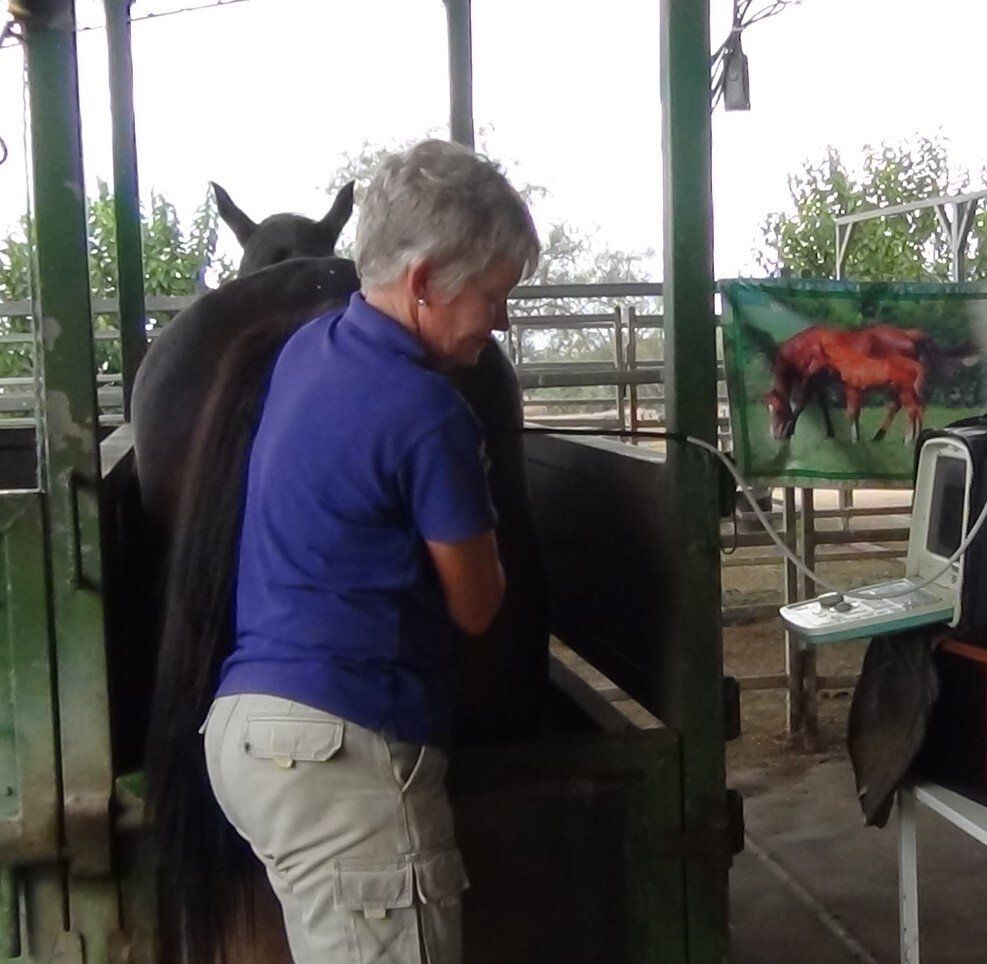IMMUNITY: In common respiratory disease immunity is short lived and although vaccination for strangles may not prevent horses from contracting the disease it does lessen the overall effect on the horse owner. This is because it can help to reduce the number of horses affected, and decrease the severity of the disease if they do contract strangles. The organism can be shed in the nasal discharge of infected horses for several weeks after clinical signs have disappeared.
Horse talk Articles
STRANGLES OUTBREAK WARNING
There have been several outbreaks of strangles in South East Queensland recently, and although strangles is rarely fatal, it is a highly contagious disease that could cause havoc in the equine industry. This is particularly significant during the breeding season when transfer of horses between properties is at its peak.
CAUSE: A bacterium called Streptococcus Equi
SIGNS: Strangles is an upper respiratory tract infection & signs can include:
- A thick, creamy discharge (pus) from the nostrils
- Elevated temperature
- Enlarged lymph nodes (glands) under the jaw & in the throat area
- Lack of appetite
- Depression / listlessness
- Difficulty breathing / swallowing due to the nasal discharge & swelling in the throat area
- Pneumonia can result if the infection progresses to the lungs causing a large number of abscesses and possible death
The incubation period after contact with an infected horse is from one to three weeks.
VACCINATION SCHEDULE:
Strangles vaccine by itself may be used, or in recent years a combined tetanus / strangles vaccine (Equivac 2 in 1) has been developed that provides immunity for both diseases.
- The primary vaccination involves three intra-muscular injections at two week intervals
- To maintain immunity against strangles a booster vaccination should be given annually for life
FOALS should be given the first of their three vaccinations at three months of age.
BROODMARES should be given a booster vaccination in late July to provide immunity to the newborn foal until it is old enough to be vaccinated.
STALLIONS should also have a booster vaccination before commencing stud duties.
UNVACCINATED ADULT HORSES require three injections at two week intervals.
PREVENTION: Employ best practice bio-security measures AT ALL TIMES.
- Hand washing between handling horses
- Isolate new arrivals from resident horses for at least 14 days
- Keep stables clean and disinfected at all times
- 'Ensure that each horse has its own feed and watering containers
- Do not share tack or grooming equipment
- Obtain information regarding vaccination status of new arrivals
- Use double fencing between paddocks to prevent nose-to-nose contact
TREATMENT: Veterinary treatment should be sought as soon as clinical signs are observed. Swabs may be taken to confirm the diagnosis of strangles if necessary.
- Antibiotic therapy and good nursing are essential to aid in recovery
- Infected horses should be isolated immediately to prevent the spread of the disease
- Horses should NOT be transported unless absolutely necessary to minimize stress.
REMEMBER - VACCINATION IS THE BEST PROTECTION
Other Articles




